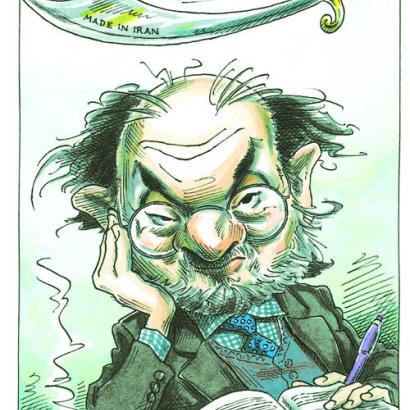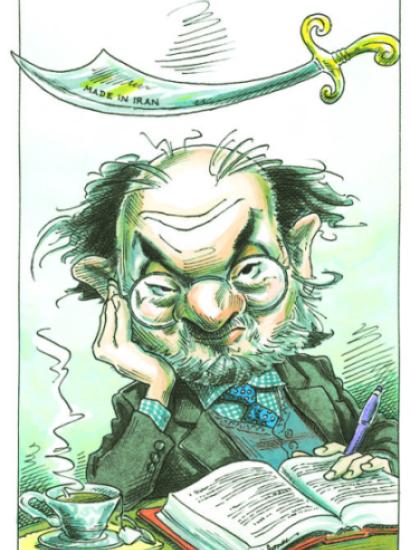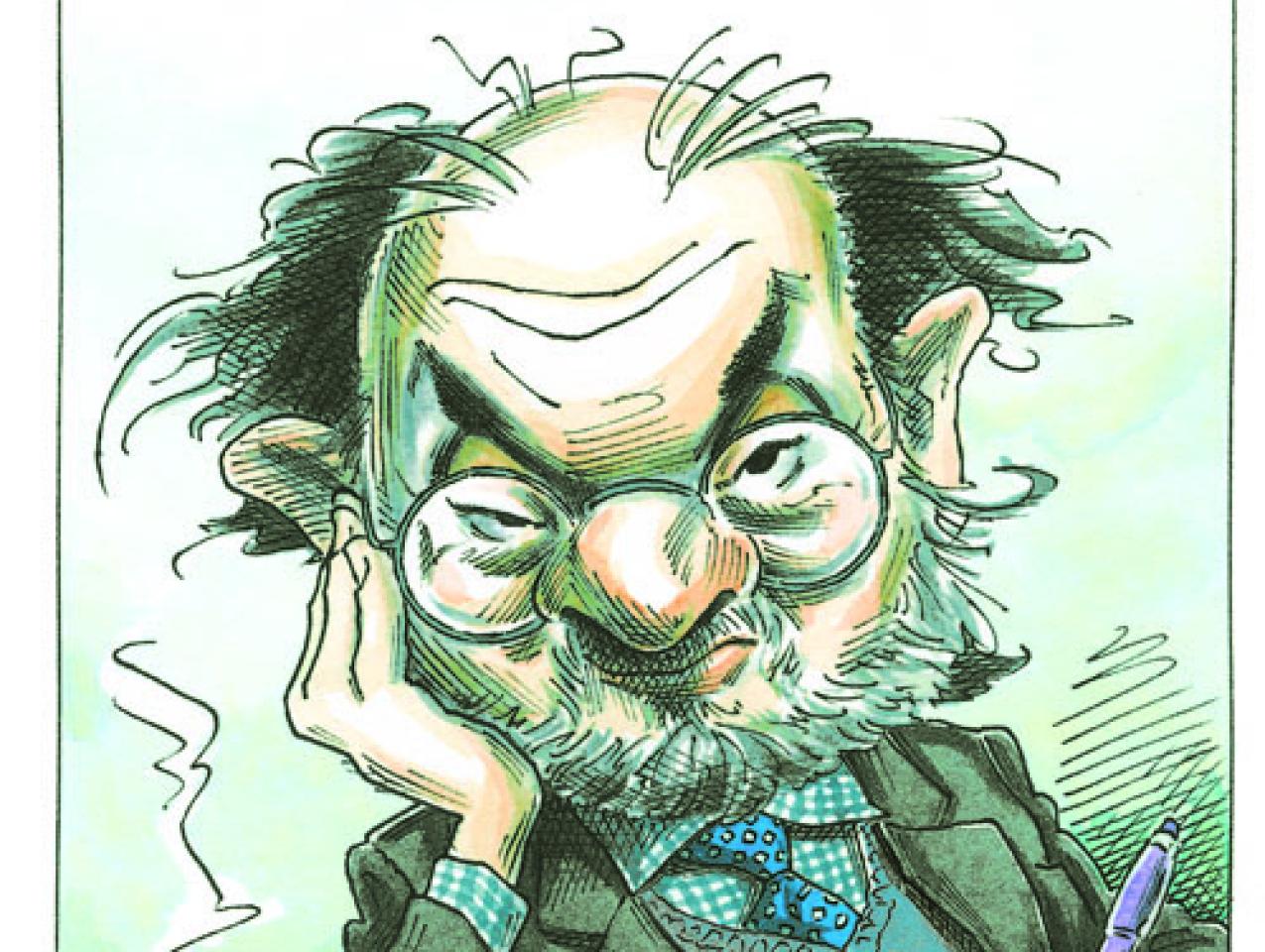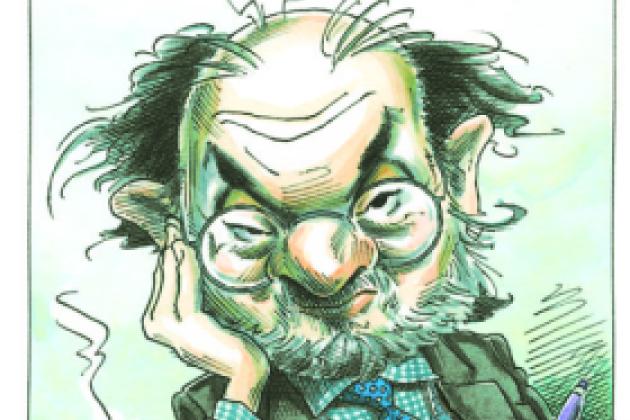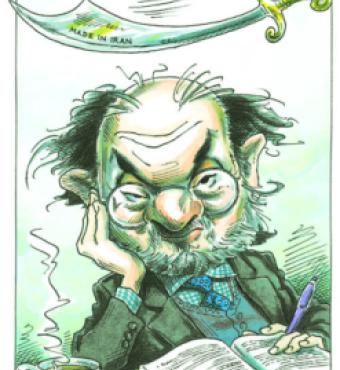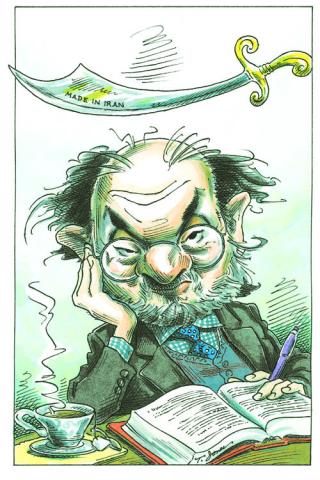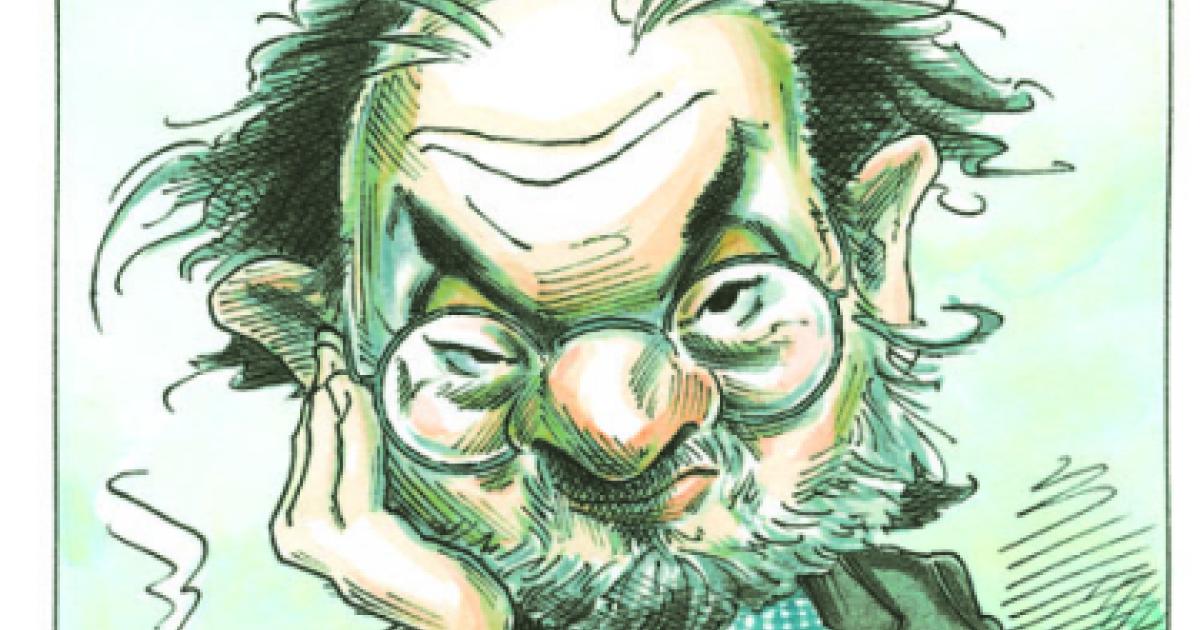- Security & Defense
- Terrorism
- International Affairs
- US Foreign Policy
Modernity requires the willingness to be offended. And as anti-American violence across the Middle East and beyond shows, that willingness is something the Arab world, the heartland of Islam, still lacks.
Time and again in recent years, as the outside world has battered the walls of Muslim lands and as Muslims have left their places of birth in search of greater opportunities in the Western world, modernity—with its sometimes distasteful but ultimately benign criticism of Islam—has sparked fatal protests. To understand why violence keeps erupting and to seek to prevent it, we must discern what fuels this sense of grievance.
There is an Arab pain and a volatility in the face of judgment by outsiders that stem from a deep and enduring sense of humiliation. A vast chasm separates the poor standing of Arabs in the world today from their history of greatness. In this context, their injured pride is easy to understand.
In the narrative of history transmitted to schoolchildren throughout the Arab world and reinforced by the media, religious scholars, and laymen alike, Arabs were favored by divine providence. They had come out of the Arabian Peninsula in the seventh century, carrying Islam from Morocco to faraway Indonesia. In the process, they overran the Byzantine and Persian empires, then crossed the Strait of Gibraltar to Iberia, and there they fashioned a brilliant civilization that stood as a rebuke to the intolerance of the European states to the north. Cordoba and Granada were adorned and exalted in the Arab imagination. Andalusia brought together all that the Arabs favored—poetry, glamorous courts, philosophers who debated the great issues of the day.
If Islam’s rise was spectacular, its fall was swift and unsparing. This is the world that the great historian Bernard Lewis explored in his 2002 book What Went Wrong? The blessing of God, seen at work in the ascent of the Muslims, now appeared to desert them. The ruling caliphate, with its base in Baghdad, was torn asunder by a Mongol invasion in the thirteenth century. Soldiers of fortune from the Turkic steppes sacked cities and left a legacy of military seizures of power that is still the bane of the Arabs. Little remained of their philosophy and literature, and after the Ottoman Turks overran Arab countries to their south in the sixteenth century, the Arabs seemed to exit history; they were now subjects of others.
The coming of the West to their world brought superior military, administrative, and intellectual achievement into their midst—and the outsiders were unsparing in their judgments. They belittled the military prowess of the Arabs, and they were scandalized by the traditional treatment of women and the separation of the sexes that crippled Arab society.
Even as Arabs insist that their defects were inflicted on them by outsiders, they know their weaknesses. Younger Arabs today can be brittle and proud about their culture, yet deeply ashamed of what they see around them. They know that more than 300 million Arabs have fallen into economic stagnation and cultural decline. They know that the standing of Arab states along the measures that matter—political freedom, status of women, economic growth—is low. In the privacy of their own language, in daily chatter on the street, on blogs and in the media, and in works of art and fiction, they probe endlessly what befell them.
But woe to the outsider who ventures onto that explosive terrain. The assumption is that Westerners bear Arabs malice, that Western judgments are always slanted and cruel.
In the past half-century, Arabs, as well as Muslims in non-Arab lands, have felt the threat of an encircling civilization they can neither master nor reject. Migrants have left the burning grounds of Karachi, Cairo, and Casablanca but have taken the fire of their faith with them. “Dish cities” have sprouted in the Muslim diasporas of Western Europe and North America. You can live in Stockholm and be sustained by a diet of Al Jazeera television.
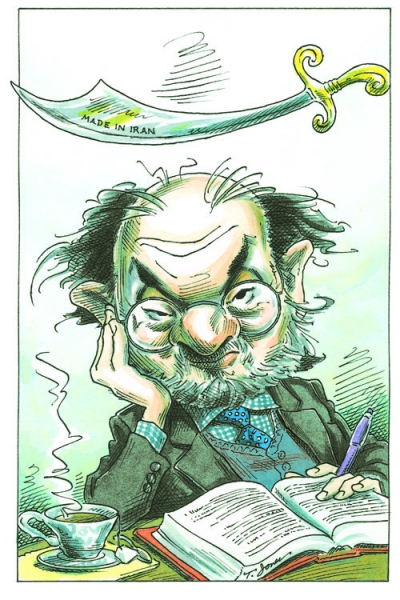
We know the celebrated cases when modernity has agitated the pious. A little more than two decades ago, it was a writer of Muslim and Indian birth, Salman Rushdie, whose irreverent work of fiction, The Satanic Verses, offended believers with its portrayal of Islam. That crisis began with book burnings in Britain, later saw protests in Pakistan, and culminated in Iran’s ruling cleric, the Ayatollah Ruhollah Khomeini, issuing a fatwa calling for Rushdie’s death in 1989. The protesters were not necessarily critics of fiction; all it took to offend was that Islam, the prophet Muhammad and his wives had become a writer’s material. The confrontation laid bare the unease of Islam in the modern world.
The floodgates had opened. The clashes that followed defined the new terms of encounters between a politicized version of Islam—awakened to both power and vulnerability—and the West’s culture of protecting and nurturing free speech. In 2004, a Moroccan Dutchman in his mid-twenties, Mohammed Bouyeri, murdered filmmaker Theo van Gogh on a busy Amsterdam street after van Gogh and a Somali-born politician made a short film about the abuse of women in Islamic culture.
Shortly afterward, trouble came to Denmark when a newspaper there published a dozen cartoons depicting the prophet Muhammad; in one he wears a bomb-shaped turban, and another shows him as an assassin. The newspaper’s culture editor had thought the exercise would merely draw attention to the restrictions on cultural freedom in Europe—but perhaps that was naive. After all, Muslim activists are on the lookout for such material. And Arab governments are eager to defend Islam. The Egyptian ambassador to Denmark encouraged a radical preacher of Palestinian birth living in Denmark and a young Lebanese agitator to fan the flames of the controversy.
But it was Syria that made the most of this opportunity. The regime asked the highest clerics to preach against the Danish government. The Danish embassies in Damascus and Beirut were sacked; there was a call to boycott Danish products. Denmark had been on the outer margins of Europe’s Muslim diaspora. Now its peace and relative seclusion were punctured.
The storm that erupted last fall at the gates of American diplomatic outposts across the Muslim world was a piece of this history. As usual, it was easily ignited. The offending work, a fourteen-minute film trailer posted on YouTube in July, was offensive indeed. Billed as a trailer for Innocence of Muslims, a longer movie to come, it was at once vulgar and laughable. Its primitiveness should have consigned it to oblivion.
It is never hard to assemble a crowd of young protesters in the teeming cities of the Muslim world. American embassies and consulates are magnets for the disgruntled. It is inside those fortresses, the gullible believe, that rulers are made and unmade. Yet these same diplomatic outposts dispense coveted visas and a way out to the possibilities of the Western world. The young men who turned up at the U.S. embassies to protest and riot came out of this deadly mix of attraction to American power and resentment of it. The attack in Benghazi, Libya, that took the lives of four American diplomats, including Ambassador J. Christopher Stevens, ultimately appeared to have been premeditated and unconnected to the film protests.
The ambivalence toward modernity that torments Muslims is unlikely to abate. The temptations of the West have alienated a younger generation from its elders. Men and women insist that they revere the faith as they seek to break out of its restrictions. Freedom of speech, granting license and protection to the irreverent, is cherished, protected, and canonical in the Western tradition. Now Muslims who quarrel with offensive art are using their newfound freedoms to lash out against it.
These cultural contradictions do not lend themselves to the touch of outsiders. Former president George W. Bush believed that America’s proximity to Arab dictatorships had begotten us the jihadists’ enmity. His military campaign in Iraq became an attempt to reform that country and beyond. But Arabs rejected his interventionism and dismissed his “freedom agenda” as a cover for an unpopular war and for domination.
President Obama took a different approach. He was sure that his biography—the years he spent in Indonesia and his sympathy for the aspirations of Muslim lands—would help repair relations between America and the Islamic world. But soon he was caught in the middle, conciliating the rulers while making grand promises to ordinary people. The revolt of the Iranian opposition in the summer of 2009 exposed the flaws of his approach. Then the Arab spring played havoc with American policy. Afterward, the Obama administration found itself unable to decide whether to defend the status quo or the young people hell-bent on toppling the old order.
Cultural freedom is never absolute, of course, and the Western tradition itself, from the Athenians to the present, struggles mightily with the line between freedom and order. In the Muslim world, that struggle is more fierce and lasting, and it will show itself in far more than burnt flags and overrun embassies.








